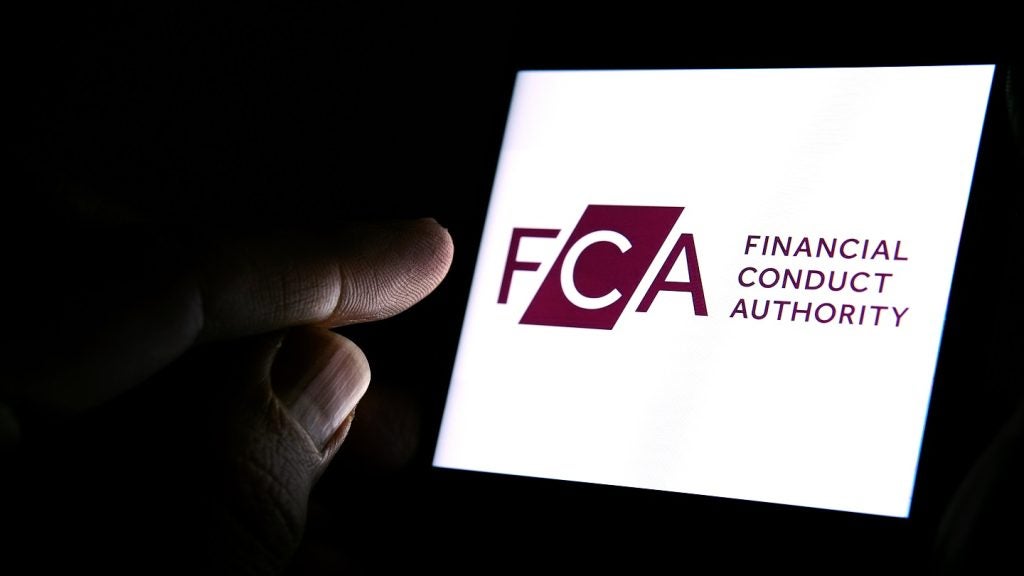Canara Bank, India’s third-largest public sector bank,
has unveiled a new brand identity and rolled out an advertising
campaign as part of a major repositioning exercise. The bank is
looking to shed its traditional image and boost business as it
comes to terms with increased domestic competition, writes Douglas
Blakey.
Canara Bank, India’s 100-year-old public sector banking giant,
has embarked on a major branding and repositioning exercise. The
goal is to promote the bank’s expanded range of products and
services, flag up its commitment to customer service and broaden
its appeal to a younger generation of Indian consumers, all in an
effort to tackle the growing domestic competitive threat
(see “ICICI hits India with iMobile”
and “SBI mega-merger still being
planned”) as well as take on international banks entering
the attractive Indian market.
“In the fiercely competitive financial services industry, it is
increasingly becoming imperative, if not mandatory, to rebuild our
brand in order to attract and retain customers who have a wide
range of alternatives,” said M Rao, the bank’s chairman and
managing director, explaining the rationale for the new corporate
identity.
A smart, contemporary brand may also help the bank attract the
attention of potential investors – the government owns 73 percent
but may look to drop its stake to nearer 50 percent if a strong
investor comes forward – as well as help expansion plans. Rao has
said the bank is looking to expand across India, making possible
acquisitions to grow its presence in the north and west of India in
particular.
Together We Can
At the heart of the bank’s marketing campaign is a new corporate
logo. It has also introduced an advertising tagline – Together We
Can – which features prominently in a new ad campaign launched
specifically to promote its new identity and enhanced product
line-up.
The bank has timed its various marketing initiatives to take
account of the impending liberalisation of Indian banking
regulation in 2009, which it expects will lead to increased
competition from international banks.

US Tariffs are shifting - will you react or anticipate?
Don’t let policy changes catch you off guard. Stay proactive with real-time data and expert analysis.
By GlobalData“We have to take into account the post-2009 scenario, when foreign
banks will have access to more organic and inorganic growth,” added
Rao, referring to the World Trade Organisation agreement that will
make it easier for the foreign banks to access the Indian
market.
Canara has acknowledged that it also needs to respond to the
aggressive advertising efforts from domestic private sector rivals,
such as ICICI, HDFC and Axis Bank (the former UTI Bank).
Public sector rivals such as Bank of Baroda have also been getting
in on the act: it launched a trendy new corporate logo in 2007 and
significantly upped its marketing game in an effort to appeal to
India’s emerging affluent consumers.
“There is no doubt that everyone will have to keep an eye on what
the competition is doing,” added Rao.
Talking about the new logo, he said: “The rich blue connotes
stability, scale and depth. In contrast, the bright yellow depicts
optimism, warmth and energy. The distinctive brand identity is
based on the idea of a bond and togetherness, and is a
representation of the close ties between the bank and its many
stakeholders – from customers and employees to its investors,
institutions and society at large.”
In total, the bank is said to have spent around INR150 million
($3.8 million) on the marketing campaign. “The brand building
exercise taken by the bank is to make it more attractive to
Generation X and [will] improve customer service,” said Rao. The
bank hopes that the new campaign will help it to capture at least
10 percent of additional business from the young adult segment of
the market.
While the new logo is central to the rebranding efforts, the bank’s
branding agency Ray+Keshavan, a subsidiary of global media agency
WPP, worked with Canara on a comprehensive brand repositioning,
including the redesign of cheque books, bank literature, in-branch
displays and the ATM interface.
Online share trading portal
The rebrand comes at a time of significant business development for
Canara. In January, for instance, it became the first public sector
Indian lender to launch an online share trading portal, a move it
believes will increase valuable fee income.
Last year, in an effort to increase its insurance revenues, Canara
formed a joint venture with HSBC and another state-owned Indian
bank, Oriental Bank of Commerce. Combining the customer bases of
both banks and HSBC in India has given the joint venture access to
more than 40 million people and a nationwide network of 3,600
branches.
As well as possible domestic expansion, Canara has also confirmed
plans to expand its international operations and has applied to the
Reserve Bank of India for 15 more overseas branches in developing
markets across south-east Asia.
In an interview with Indian news agency PTI on 6 January, Rao said:
“We are still examining the possibility [of an acquisition].
Definitely in the current year we should see some action. We are
strong in the south. But actually a lot of growth is taking place
in the north and the west. In any acquisition, Canara Bank would
prefer a bank that has a good footprint in these areas.”
On 24 January, Canara reported a 26 percent increase in net profits
of INR4.58 billion for the third quarter of fiscal 2008 against
INR3.63 billion for the same quarter last year.







